Introduction
The enormous machinery frequently draws notice in the vast world of industrial machinery. The smaller, more complex parts, such as the housings for marking machines, enable accuracy, effectiveness, and safety. These housings, which serve as the shield for marking systems, are crucial in many sectors. This article aims to thoroughly analyze keeping machine housings by examining their structure, operation, and practical uses.
The housing for a marking machine sits at the confluence of technological advancement, industrial evolution, and practical design. This part represents the marriage of cutting-edge technical principles with applicable industry needs more than just a protective shell. This thorough investigation reveals the underlying complexities that influence the system’s development, use, and design.


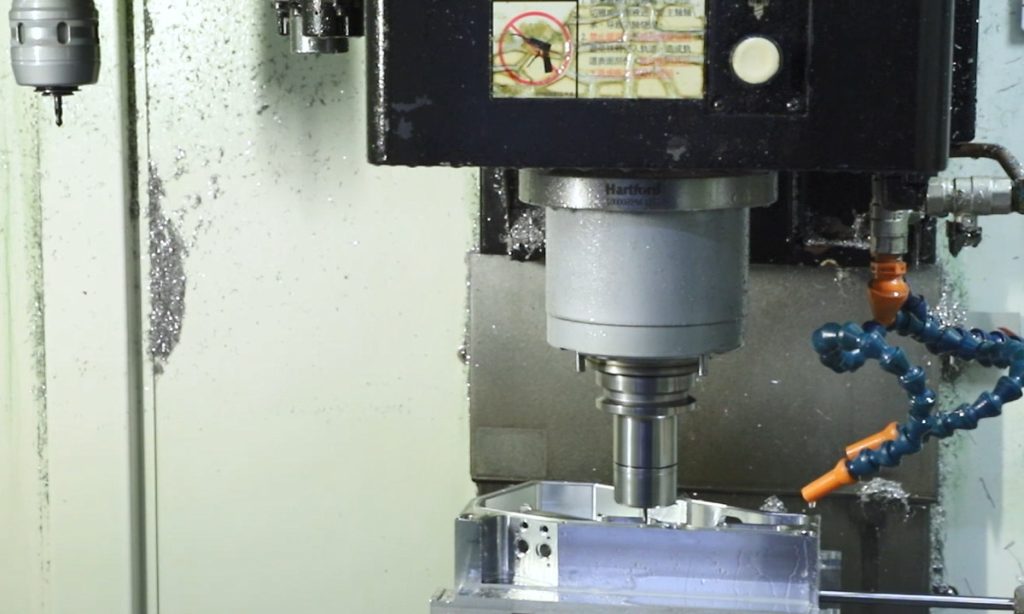
Specialized enclosures or casings are known as keeping machine housings to safeguard the vital parts of marking machines. Depending on the design and use of the device, these parts could include engraving tips, lasers, or other observing instruments.
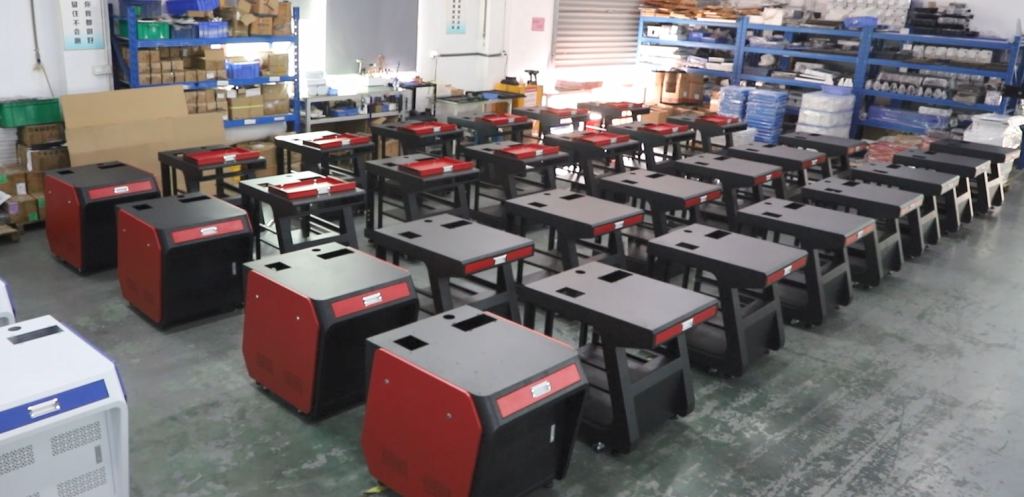
The expected working conditions and the intended durability are typically the deciding factors when choosing the materials for marking machine housings. Typical materials consist of:
Depending on the kind and size of the marking machine, the housing’s design can vary greatly. While some accommodations are sturdy, stationary, and designed for industrial-grade engines, others are stationary and strong and intended for handheld or portable devices.
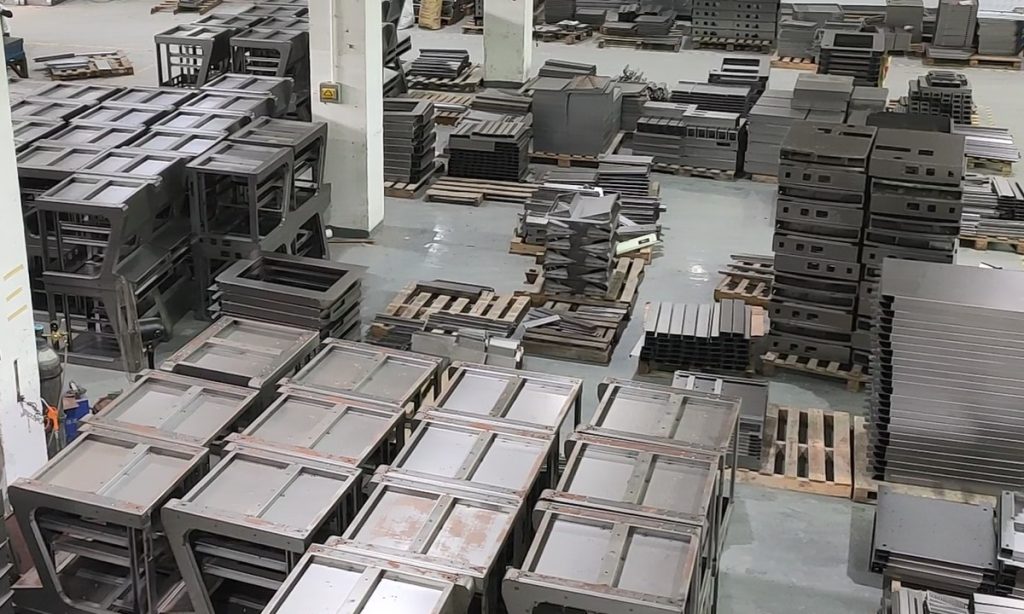
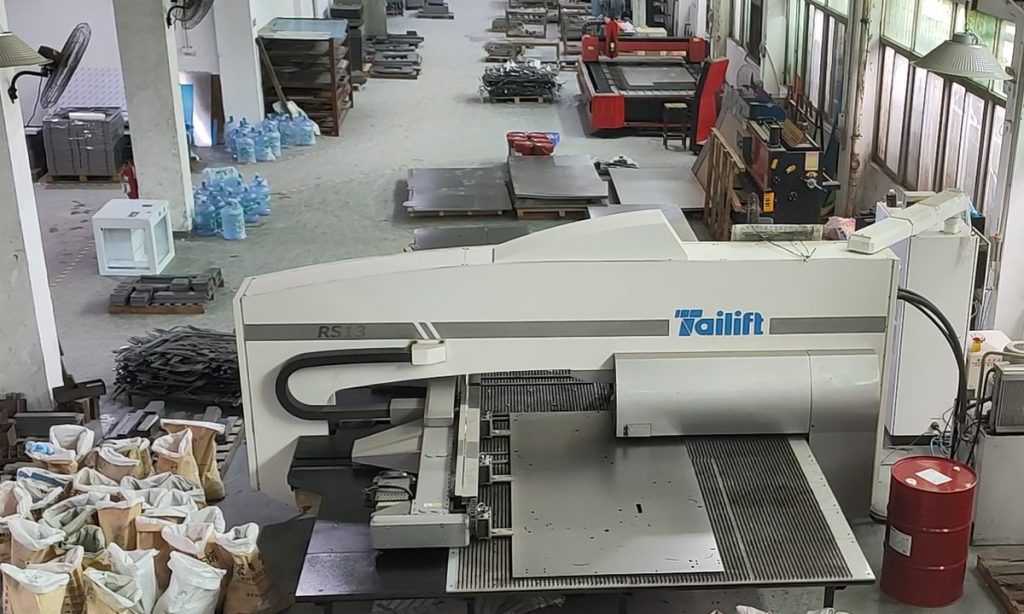
While the housing may initially appear to be nothing more than a simple protective shell, it serves several different purposes.
Material Selection: In order to survive the pressures of everyday use, they are frequently fabricated from hardy materials such as metal or high-strength plastic.
Environmental Protection: Protects internal components from the potentially damaging effects of external factors such as dust, debris, and hard-working situations.
Aesthetic and Design:
Brand Representation: Can be crafted to depict a brand’s colors, emblems, and several other identifiers in various forms.
User Interface: Control panels, monitors, and input devices may be included in some designs.
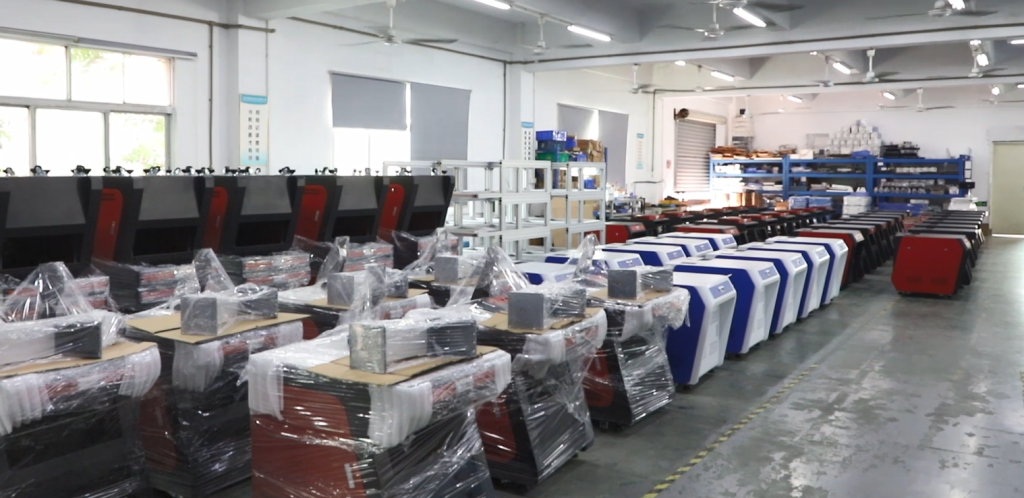

Functionality:
Accessibility: Designed to facilitate quick and easy access to critical components for the purposes of maintenance and repair.
Ventilation: There may be fans or vents included to assist in removing heat created by the operation.
Special Requirements: customization in accordance with specific operating requirements or regulatory standards imposed by an industry.
Technology Integration: Providing space for a variety of technological components, such as lasers, print heads, or stamps.
Though sometimes disregarded, marking machine housings is the foundation of accuracy and effectiveness in industrial machinery. They serve as the perfect example of the significance of every element, no matter how minor, in guaranteeing the smooth operation of a system. It is only natural to anticipate that the function and sophistication of marking machine housings would expand as industries develop and the need for accuracy and efficiency rises.